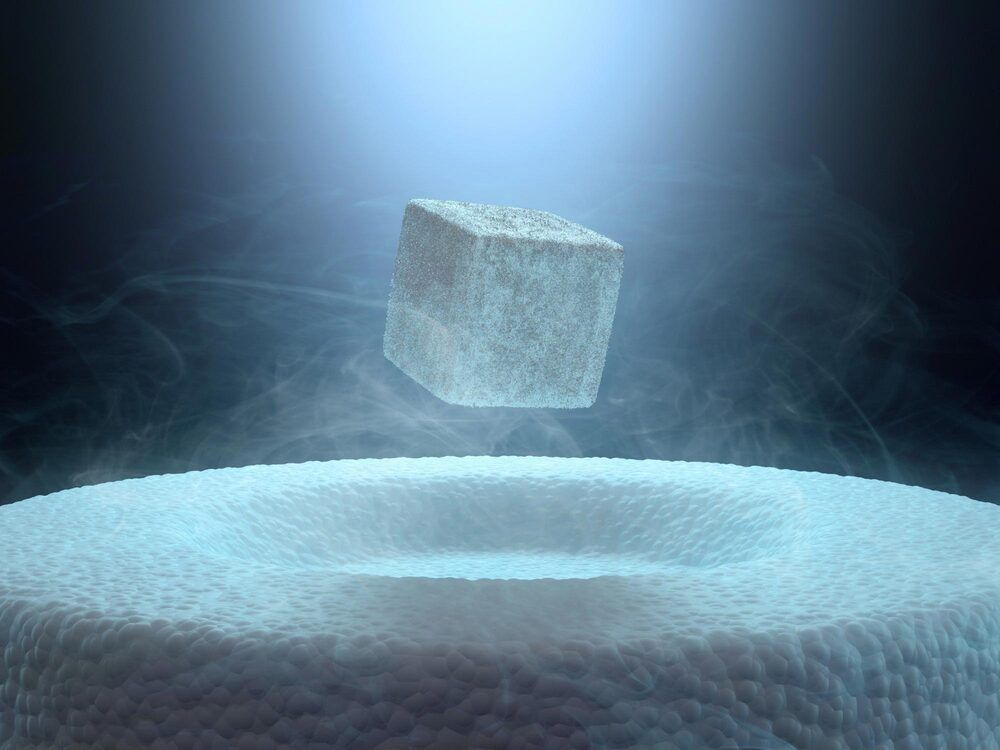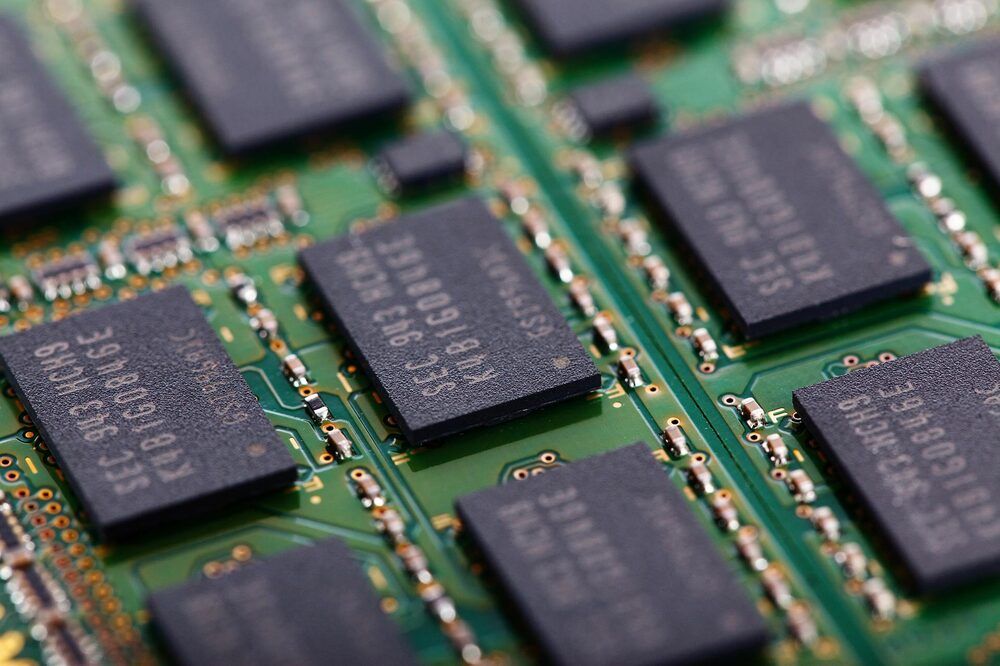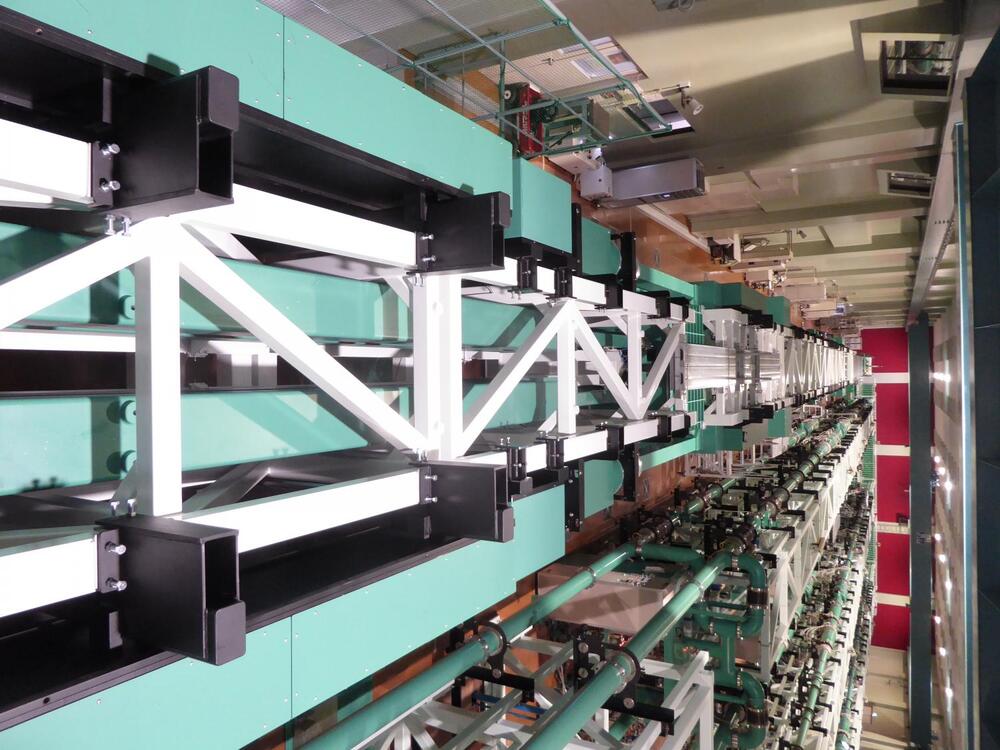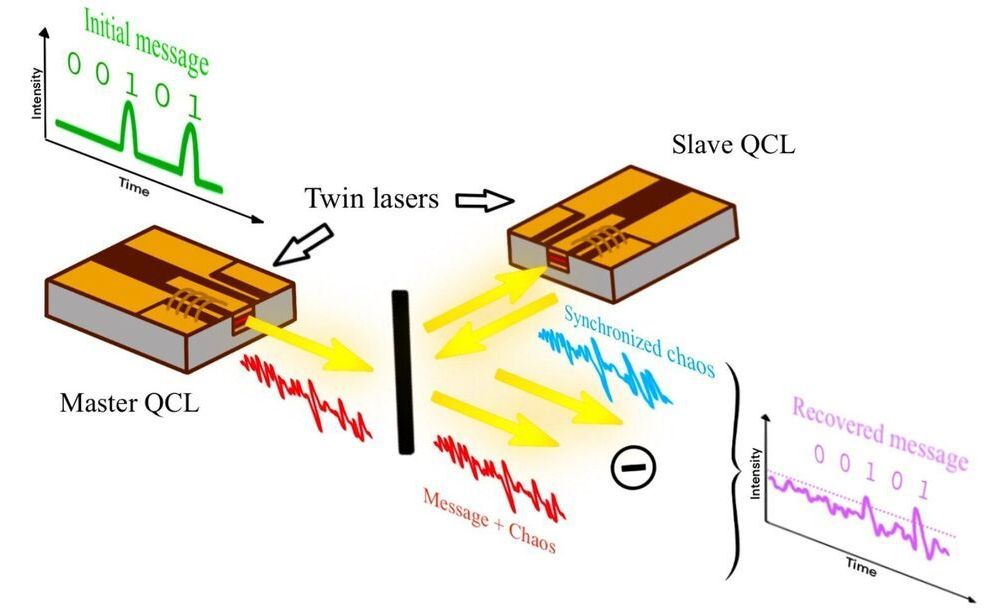The money was awarded through DoE’s Established Program to Stimulate Competitive Research.


3 mins. This is really fascinating. Several applications, including quantum computing. Need special diamonds that scientists now can produce.
Diamonds are dazzling physicists with their powerful quantum properties. A particular impurity — the nitrogen-vacancy (NV) centre — allows diamonds to be used for everything from geolocation to diagnosing disease. This animation takes a closer look at these NV centres, and the carefully crafted artificial diamonds that make them possible.

Humans perceive the world around them with five senses — vision, hearing, taste, smell and touch. Many other animals are also able to sense the Earth’s magnetic field. For some time, a collaboration of biologists, chemists and physicists centred at the Universities of Oldenburg (Germany) and Oxford (UK) have been gathering evidence suggesting that the magnetic sense of migratory birds such as European robins is based on a specific light-sensitive protein in the eye. In the current edition of the journal Nature, this team demonstrate that the protein cryptochrome 4, found in birds’ retinas, is sensitive to magnetic fields and could well be the long-sought magnetic sensor.
First author Jingjing Xu, a doctoral student in Henrik Mouritsen’s research group in Oldenburg, took a decisive step toward this success. After extracting the genetic code for the potentially magnetically sensitive cryptochrome 4 in night-migratory European robins, she was able, for the first time, to produce this photoactive molecule in large quantities using bacterial cell cultures. Christiane Timmel’s and Stuart Mackenzie’s groups in Oxford then used a wide range of magnetic resonance and novel optical spectroscopy techniques to study the protein and demonstrate its pronounced sensitivity to magnetic fields.
The team also deciphered the mechanism by which this sensitivity arises — another important advance. “Electrons that can move within the molecule after blue-light activation play a crucial role,” explains Mouritsen. Proteins like cryptochrome consist of chains of amino acids: robin cryptochrome 4 has 527 of them. Oxford’s Peter Hore and Oldenburg physicist Ilia Solov’yov performed quantum mechanical calculations supporting the idea that four of the 527 — known as tryptophans — are essential for the magnetic properties of the molecule. According to their calculations, electrons hop from one tryptophan to the next generating so-called radical pairs which are magnetically sensitive. To prove this experimentally, the team from Oldenburg produced slightly modified versions of the robin cryptochrome, in which each of the tryptophans in turn was replaced by a different amino acid to block the movement of electrons.

The results open possibilities for studying gravity’s effects on relatively large objects in quantum states.
To the human eye, most stationary objects appear to be just that — still, and completely at rest. Yet if we were handed a quantum lens, allowing us to see objects at the scale of individual atoms, what was an apple sitting idly on our desk would appear as a teeming collection of vibrating particles, very much in motion.
In the last few decades, physicists have found ways to super-cool objects so that their atoms are at a near standstill, or in their “motional ground state.” To date, physicists have wrestled small objects such as clouds of millions of atoms, or nanogram-scale objects, into such pure quantum states.

In fall of 2019, we demonstrated that the Sycamore quantum processor could outperform the most powerful classical computers when applied to a tailor-made problem. The next challenge is to extend this result to solve practical problems in materials science, chemistry and physics. But going beyond the capabilities of classical computers for these problems is challenging and will require new insights to achieve state-of-the-art accuracy. Generally, the difficulty in performing quantum simulations of such physical problems is rooted in the wave nature of quantum particles, where deviations in the initial setup, interference from the environment, or small errors in the calculations can lead to large deviations in the computational result.
In two upcoming publications, we outline a blueprint for achieving record levels of precision for the task of simulating quantum materials. In the first work, we consider one-dimensional systems, like thin wires, and demonstrate how to accurately compute electronic properties, such as current and conductance. In the second work, we show how to map the Fermi-Hubbard model, which describes interacting electrons, to a quantum processor in order to simulate important physical properties. These works take a significant step towards realizing our long-term goal of simulating more complex systems with practical applications, like batteries and pharmaceuticals.

MIT researchers demonstrate a way to sharply reduce errors in two-qubit gates, a significant advance toward fully realizing quantum computation.
MIT researchers have made a significant advance on the road toward the full realization of quantum computation, demonstrating a technique that eliminates common errors in the most essential operation of quantum algorithms, the two-qubit operation or “gate.”
“Despite tremendous progress toward being able to perform computations with low error rates with superconducting quantum bits (qubits), errors in two-qubit gates, one of the building blocks of quantum computation, persist,” says Youngkyu Sung, an MIT graduate student in electrical engineering and computer science who is the lead author of a paper on this topic published on June 16, 2021, in Physical Review X. “We have demonstrated a way to sharply reduce those errors.”

Research led by Kent and the STFC Rutherford Appleton Laboratory has resulted in the discovery of a new rare topological superconductor, LaPt3P. This discovery may be of huge importance to the future operations of quantum computers.
Superconductors are vital materials able to conduct electricity without any resistance when cooled below a certain temperature, making them highly desirable in a society needing to reduce its energy consumption.
They manifest quantum properties on the scale of everyday objects, making them highly attractive candidates for building computers that use quantum physics to store data and perform computing operations, and can vastly outperform even the best supercomputers in certain tasks. As a result, there is an increasing demand from leading tech companies like Google, IBM and Microsoft to make quantum computers on an industrial scale using superconductors.

Scientists develop an energy-efficient strategy to reversibly change ‘spin orientation’ or magnetization direction in magnetite at room temperature.
Over the last few decades, conventional electronics has been rapidly reaching its technical limits in computing and information technology, calling for innovative devices that go beyond the mere manipulation of electron current. In this regard, spintronics, the study of devices that exploit the “spin” of electrons to perform functions, is one of the hottest areas in applied physics. But, measuring, altering, and, in general, working with this fundamental quantum property is no mean feat.
Current spintronic devices — for example, magnetic tunnel junctions — suffer from limitations such as high-power consumption, low operating temperatures, and severe constraints in material selection. To this end, a team of scientists at Tokyo University of Science and the National Institute for Materials Science (NIMS), Japan, has published a study in ACS Nano, in which they present a surprisingly simple yet efficient strategy to manipulate the magnetization angle in magnetite (Fe3O4), a typical ferromagnetic material.

Circa 2015 In theory this big bang laser could eventually create complex matter but would need to be pocket-size as I want it on a smartphone to make a replicator so I can make fruit or food in space 😀
The Institute of Laser Engineering (ILE), Osaka University, has succeeded to reinforce the Petawatt laser “LFEX” to deliver up to 2000 trillion watts in the duration of one trillionth of one second (this corresponds to 1000 times the integrated electric power consumed in the world). By using this high-power laser, it is now possible to generate all of the high-energy quantum beams (electrons, ions, gamma ray, neutron, positron). Owing to such quantum beams with large current, we can make a big step forward not only for creating new fundamental technologies such as medical applications and non-destructive inspection of social infrastructures to contribute to our future life of longevity, safety, and security, but also for realization of laser fusion energy triggered by fast ignition.
Background and output of research
Petawatt lasers are used for study of basic science, generating such high-energy quantum beams as neutrons and ions, but only a few facilities in the world have Petawatt laser. So far, Petawatt lasers in the world have had relatively a small output (to a few tens of joules). ILE has achieved the world’s largest laser output of dozens of times those at other world-class lasers facilities (1000 joules or more).

Free-space optical communication, the communication between two devices at a distance using light to carry information, is a highly promising system for achieving high-speed communication. This system of communication is known to be immune to electromagnetic interference (EMI), a disturbance generated by external sources that affects electrical circuits and can disrupt radio signals.
While some studies have highlighted the possible advantages of free-space optical communication, this system of communication has so far come with certain limitations. Most notably, it is known to offer limited security against eavesdroppers. Researchers at Télécom Paris (member of Institut Polytechnique de Paris), mirSense, Technische Universität Darmstadt and University of California Los Angeles (UCLA) have recently introduced a unique system for more secure free-space optical communication based on a technology known as quantum cascade laser, a specific type of semiconductor laser that typically emits mid–infrared light.
“The core idea behind our research is that private free-space communication with quantum key distribution (i.e., based on quantum physics properties) is promising, but it is probably years away, or even further,” Olivier Spitz, one of the researchers who carried out the study, told TechXplore. “Currently, the main limitations of this technology are the requirements for cryogenic systems, very slow data rates and costly equipment.”